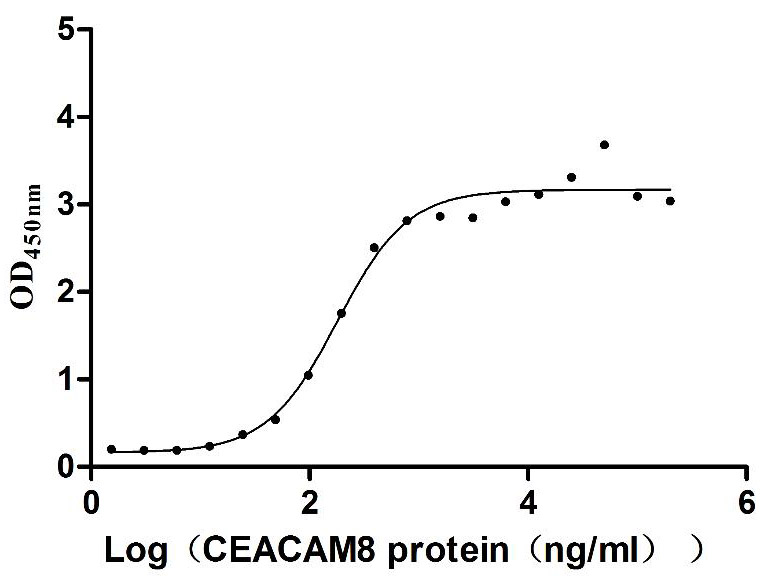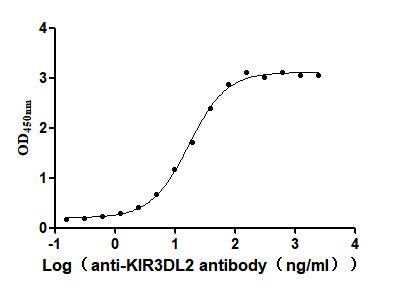Recombinant Human Guanylyl cyclase-activating protein 1 (GUCA1A)
-
中文名稱:人GUCA1A重組蛋白
-
貨號:CSB-YP010044HU
-
規格:
-
來源:Yeast
-
其他:
-
中文名稱:人GUCA1A重組蛋白
-
貨號:CSB-EP010044HU
-
規格:
-
來源:E.coli
-
其他:
-
中文名稱:人GUCA1A重組蛋白
-
貨號:CSB-EP010044HU-B
-
規格:
-
來源:E.coli
-
共軛:Avi-tag Biotinylated
E. coli biotin ligase (BirA) is highly specific in covalently attaching biotin to the 15 amino acid AviTag peptide. This recombinant protein was biotinylated in vivo by AviTag-BirA technology, which method is BriA catalyzes amide linkage between the biotin and the specific lysine of the AviTag.
-
其他:
-
中文名稱:人GUCA1A重組蛋白
-
貨號:CSB-BP010044HU
-
規格:
-
來源:Baculovirus
-
其他:
-
中文名稱:人GUCA1A重組蛋白
-
貨號:CSB-MP010044HU
-
規格:
-
來源:Mammalian cell
-
其他:
產品詳情
-
純度:>85% (SDS-PAGE)
-
基因名:GUCA1A
-
Uniprot No.:
-
別名:GUCA1A; C6orf131; GCAP; GCAP1; GUCA1; Guanylyl cyclase-activating protein 1; GCAP 1; Guanylate cyclase activator 1A
-
種屬:Homo sapiens (Human)
-
蛋白長度:Full Length of Mature Protein
-
表達區域:2-201
-
氨基酸序列GNVMEGKSV EELSSTECHQ WYKKFMTECP SGQLTLYEFR QFFGLKNLSP SASQYVEQMF ETFDFNKDGY IDFMEYVAAL SLVLKGKVEQ KLRWYFKLYD VDGNGCIDRD ELLTIIQAIR AINPCSDTTM TAEEFTDTVF SKIDVNGDGE LSLEEFIEGV QKDQMLLDTL TRSLDLTRIV RRLQNGEQDE EGADEAAEAA G
-
蛋白標簽:Tag?type?will?be?determined?during?the?manufacturing?process.
The tag type will be determined during production process. If you have specified tag type, please tell us and we will develop the specified tag preferentially. -
產品提供形式:Lyophilized powder
Note: We will preferentially ship the format that we have in stock, however, if you have any special requirement for the format, please remark your requirement when placing the order, we will prepare according to your demand. -
復溶:We recommend that this vial be briefly centrifuged prior to opening to bring the contents to the bottom. Please reconstitute protein in deionized sterile water to a concentration of 0.1-1.0 mg/mL.We recommend to add 5-50% of glycerol (final concentration) and aliquot for long-term storage at -20℃/-80℃. Our default final concentration of glycerol is 50%. Customers could use it as reference.
-
儲存條件:Store at -20°C/-80°C upon receipt, aliquoting is necessary for mutiple use. Avoid repeated freeze-thaw cycles.
-
保質期:The shelf life is related to many factors, storage state, buffer ingredients, storage temperature and the stability of the protein itself.
Generally, the shelf life of liquid form is 6 months at -20°C/-80°C. The shelf life of lyophilized form is 12 months at -20°C/-80°C. -
貨期:Delivery time may differ from different purchasing way or location, please kindly consult your local distributors for specific delivery time.Note: All of our proteins are default shipped with normal blue ice packs, if you request to ship with dry ice, please communicate with us in advance and extra fees will be charged.
-
注意事項:Repeated freezing and thawing is not recommended. Store working aliquots at 4°C for up to one week.
-
Datasheet :Please contact us to get it.
相關產品
靶點詳情
-
功能:Stimulates retinal guanylyl cyclase when free calcium ions concentration is low and inhibits guanylyl cyclase when free calcium ions concentration is elevated. This Ca(2+)-sensitive regulation of retinal guanylyl cyclase is a key event in recovery of the dark state of rod photoreceptors following light exposure. May be involved in cone photoreceptor light response and recovery of response in bright light.
-
基因功能參考文獻:
- GCAP1 and GCAP2 bound to different regions on the target guanylate cyclase type 1 with submicromolar affinity (apparent KD-values of 663 +/- 121 nM and 231 +/- 63 nM for Ca(2+)-free GCAP1 and GCAP2, respectively). PMID: 28361875
- Allosteric communication pathways routed by Ca(2+)/Mg(2+) exchange in GCAP1 selectively switch target regulation modes. PMID: 27739433
- GUCA1A mutations could cause significant variability in maculopathies, including central areolar choroidal dystrophy, which represents a severe pattern of maculopathy. PMID: 28125083
- The two novel mutations described in this study are associated with distinct phenotypes, macular dystrophy for p.Val101del and cone dystrophy for p.Asp148Glu, with no intrafamilial phenotypic heterogeneity. PMID: 28442884
- GCAP1 mutation is associated with macular dystrophy. PMID: 28025326
- Retinal dystrophy-associated missense mutations (L84F, I107T) in GUCA1A with distinct molecular properties result in a similar aberrant regulation of the retinal guanylate cyclase. PMID: 26358777
- Dimerization domain of RETGC1 is an essential part of GCAP1 and GCAP2 binding interface. PMID: 26100624
- The GCAP1 and GCAP2 binding site(s) overlaps within the kinase homology and/or dimerization domains of retinal GC1. PMID: 25616661
- GUCA1A and GUCY2D mutations are both accompanied by similar pattern of generalized cone dysfunction with a tendency to less involvement of the rod photoreceptors and a less severe phenotype in patients with GUCA1A. PMID: 24875811
- RetGC1 activation by GCAP1 involves establishing a tight complex through the binding patch with an additional activation step involving Met-26, Lys-85, and Trp-94. PMID: 24567338
- All four mutant GCAP1 family members showed sensitivity or acuity losses relative to normal observers. PMID: 24557353
- we predicted that either haploinsufficiency or dominant-negative effect accompanied by creation of a novel function for the mutant protein is a possible mechanism of the retinal degeneration due to c.250C>T and c.320T>C of the GUCA1A PMID: 24024198
- Patients with autosomal dominant cone-rod dystrophy caused by a D100G mutation in GUCA1A exhibit progressive vision loss early within the first decade of life identifiable by distinct ERG. PMID: 24352742
- the GUCA1A mutation only contributes to a small portion of CORD in people of Chinese descent. PMID: 23428504
- Stimulation by GCAP increases the maximal velocity (Vmax) for retinal guanylyl cyclase activation up to 100-fold in HEK293 cell membranes. PMID: 21928830
- The consequences of specific mutations on GCAP1 structure and GC stimulation, are described. PMID: 20238026
- role in rescuing cone recovery kinetics in knockout mice PMID: 12732716
- The dynamic range for recombinant photoreceptor guanylyl cyclase-1 regulation by calcium (Ca2+)/GCAP1 is determined by both the affinity of GCAP1 for Ca2+ and relative affinities of the effector enzyme for the Ca2+-free versus Ca2+-loaded GCAP1. PMID: 15504042
- A novel GCAP1 mutation, I143NT, caused a form of autosomal dominant cone degeneration that destroys foveal cones by mid-life but spares some cones in the peripheral retina up to 75 years. PMID: 15505030
- A novel L151F missense mutation in the EF4 high affinity Ca2+ binding site of GCAP1 is linked to adCD (autosomal dominant cone dystrophy) in a large pedigree. PMID: 15735604
- A novel L151F mutation in the EF4 hand domain of GCAP1 is associated with autosomal dominant cone-rod dystrophy (adCORD). PMID: 15790869
- This is the first report of this mutation also causing both cone-rod dystrophy and isolated macular dysfunction. PMID: 15953638
- metal binding in EF-hand 2 is crucial for GCAP1 attachment to RetGC1, and in EF-hand 3 it is less critical, although it enhances the efficiency of the GCAP1 docking on the target enzyme PMID: 18541533
- all novel mutants of GCAP1 were able to act as a Ca2+-sensor protein, they differed in their Ca2+-dependent activation profiles leading to a persistent stimulation of guanylate cyclase activities at physiological intracellular Ca2+ concentration PMID: 19459154
顯示更多
收起更多
-
相關疾病:Cone dystrophy 3 (COD3)
-
亞細胞定位:Membrane; Lipid-anchor. Photoreceptor inner segment. Cell projection, cilium, photoreceptor outer segment.
-
組織特異性:In the retina, it is expressed in rod and cone photoreceptors.
-
數據庫鏈接:
Most popular with customers
-
Recombinant Human Retinol-binding protein 4 (RBP4) (Active)
Express system: Mammalian cell
Species: Homo sapiens (Human)
-
Recombinant Human Prolactin receptor (PRLR), partial (Active)
Express system: Mammalian cell
Species: Homo sapiens (Human)
-
Recombinant Human Angiopoietin-2 (ANGPT2) (Active)
Express system: Mammalian cell
Species: Homo sapiens (Human)
-
Recombinant Human Somatostatin receptor type 2 (SSTR2)-VLPs (Active)
Express system: Mammalian cell
Species: Homo sapiens (Human)
-
Recombinant Human Mucin-17 (MUC17), partial (Active)
Express system: Mammalian cell
Species: Homo sapiens (Human)
-
Recombinant Human Dickkopf-related protein 1 (DKK1) (Active)
Express system: Mammalian cell
Species: Homo sapiens (Human)
-
Recombinant Human Carcinoembryonic antigen-related cell adhesion molecule 6 (CEACAM6) (Active)
Express system: Mammalian cell
Species: Homo sapiens (Human)
-
Recombinant Human Killer cell immunoglobulin-like receptor 3DL2 (KIR3DL2), partial (Active)
Express system: Mammalian cell
Species: Homo sapiens (Human)


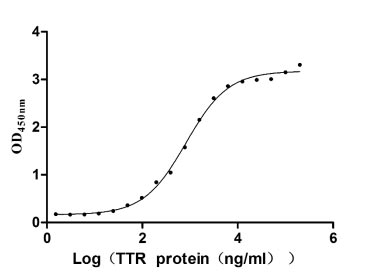
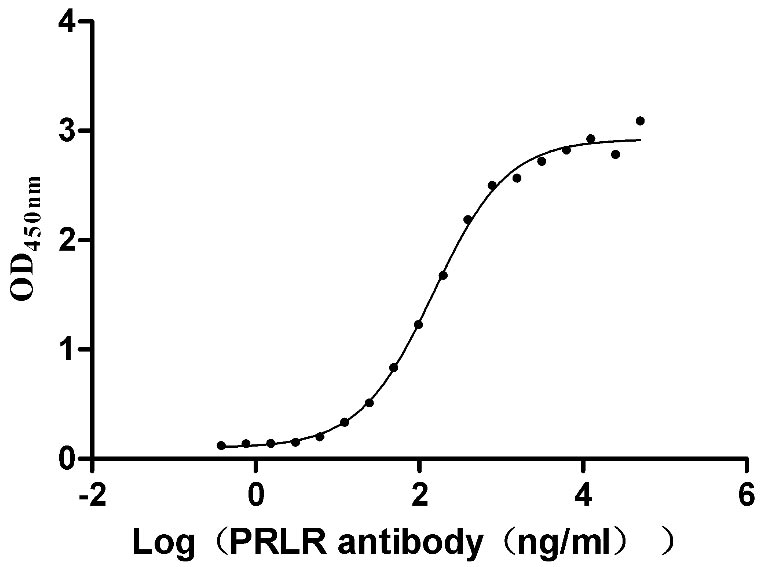
-AC1.jpg)
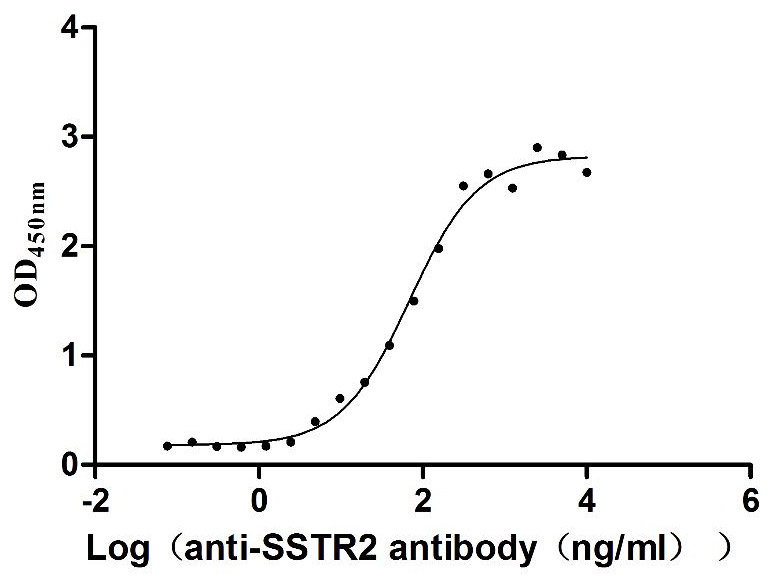
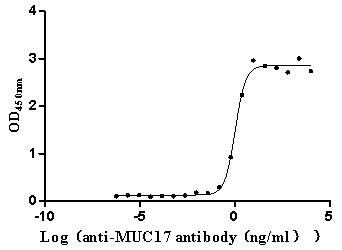
-AC1.jpg)
